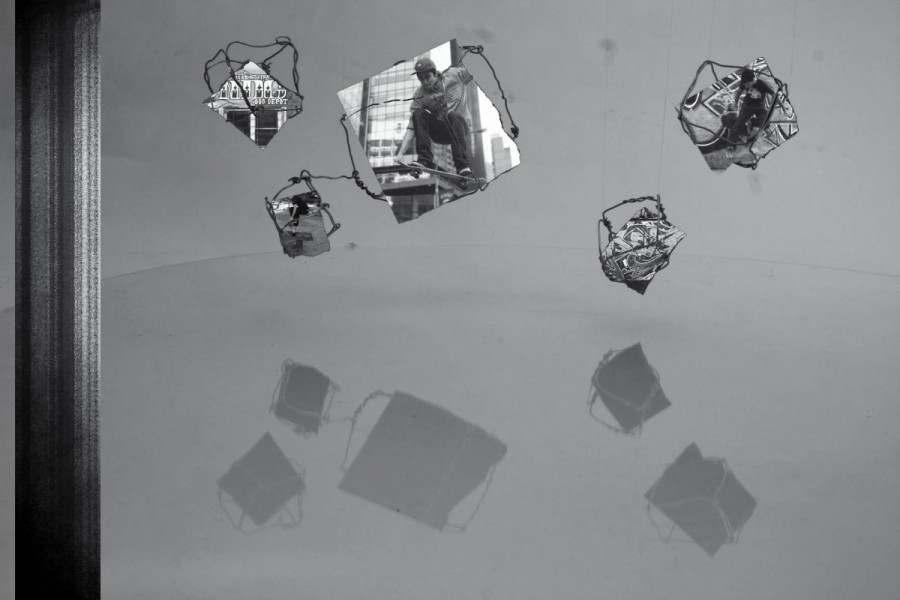Accepted Act, Broken Culture
“Legal walls are a plague.”
A tireless defender of Montreal’s graffiti writers, Sterling Downey is the patriarch of the city’s graffiti scene and the founder of Under Pressure, the local magazine that’s scripture for taggers.
Downey also has little patience for nonsense.
Legal walls are exactly what they sound like, a piece of vertical concrete chosen by the city or borough that a graffiti writer can alter without the fear of arrest. While the intention of the city may be good, far too many problems arise from the walls.
“Those walls are dangerous,” said Downey. “It’s an old problem that these walls are a part of. If the police are looking for someone who frequents the wall, they know they can go and find the person, or someone who knows them.
“It just becomes a location of harassment.”
The city’s South West Borough, an affordable refuge for thousands of artists and students, used to hold two legal walls.
Over the summer, one of those walls became off-limits. The wall, on an old industrial building on Cabot Street, was closed after the owner of the building put $1 million into its revitalization.
“The owner told police that he would have let them continue to paint the back of the building, but they painted the whole thing, so he had to stop it after renovations,” said Bernard Metcalfe on behalf of the Montreal Police.
“With legal walls, graffiti writers get a sense of entitlement,” said Downey. “Kids go and paint and they don’t care about maintaining the area, they don’t have to enter into a dialogue with people. There is a sense of responsibility, pride and ownership to graffiti that does not come with a legal wall.”
Downey, who goes by the graffiti name Seaz, used to go to shops and stores around Montreal with fellow writers Flow and Dyske and speak to the owners about letting them put up pieces. They would explain to the owners that by allowing a mural, other graffiti writers would not “hit” the spot and they could have a nice piece that had aspects of the community or the shop itself.
“If we painted the side of a fish peddler’s, we would use blues and make the piece have the look of water,” said Sterling
“Or if it was near a school ground we would make something appropriate for kids. It made us respectful of the area, these people gave us their wall and we couldn’t shit where we ate. But with legal walls it’s a free-for-all. No one cares because there is no respect or dialogue opened up.”
Graffiti can also become very territorial. When writers go to a legal wall that is outside of their own neighbourhood, it could be seen as a crossing of the line—local writers could take issue with it and violence could erupt.
When it comes to the government and legal walls, Downey thinks that the municipal response often breaks down between the civic administration and the police.
“It’s like the right hand has no idea what the left hand is doing,” Downey said.
This article originally appeared in Volume 31, Issue 22, published February 8, 2011.


_600_832_s.png)

_600_375_90_s_c1.jpg)


